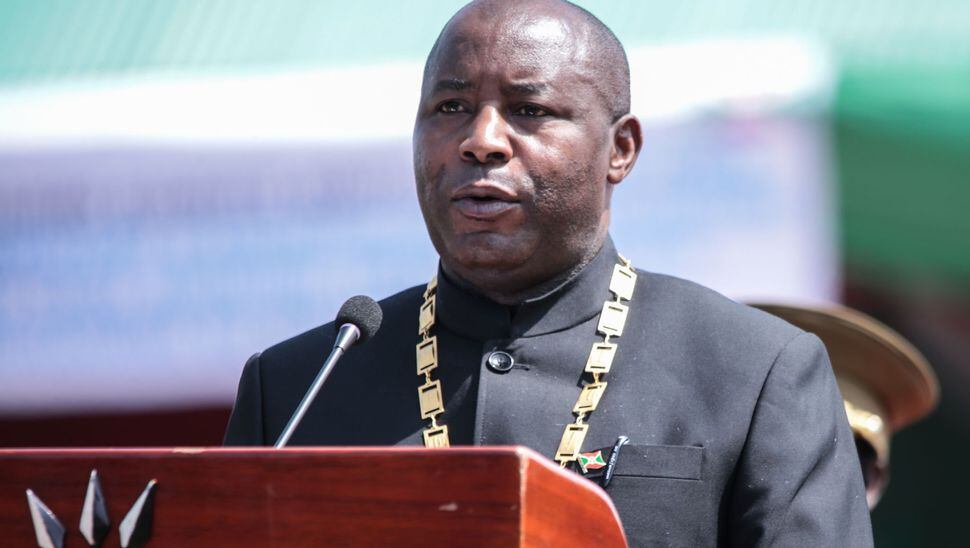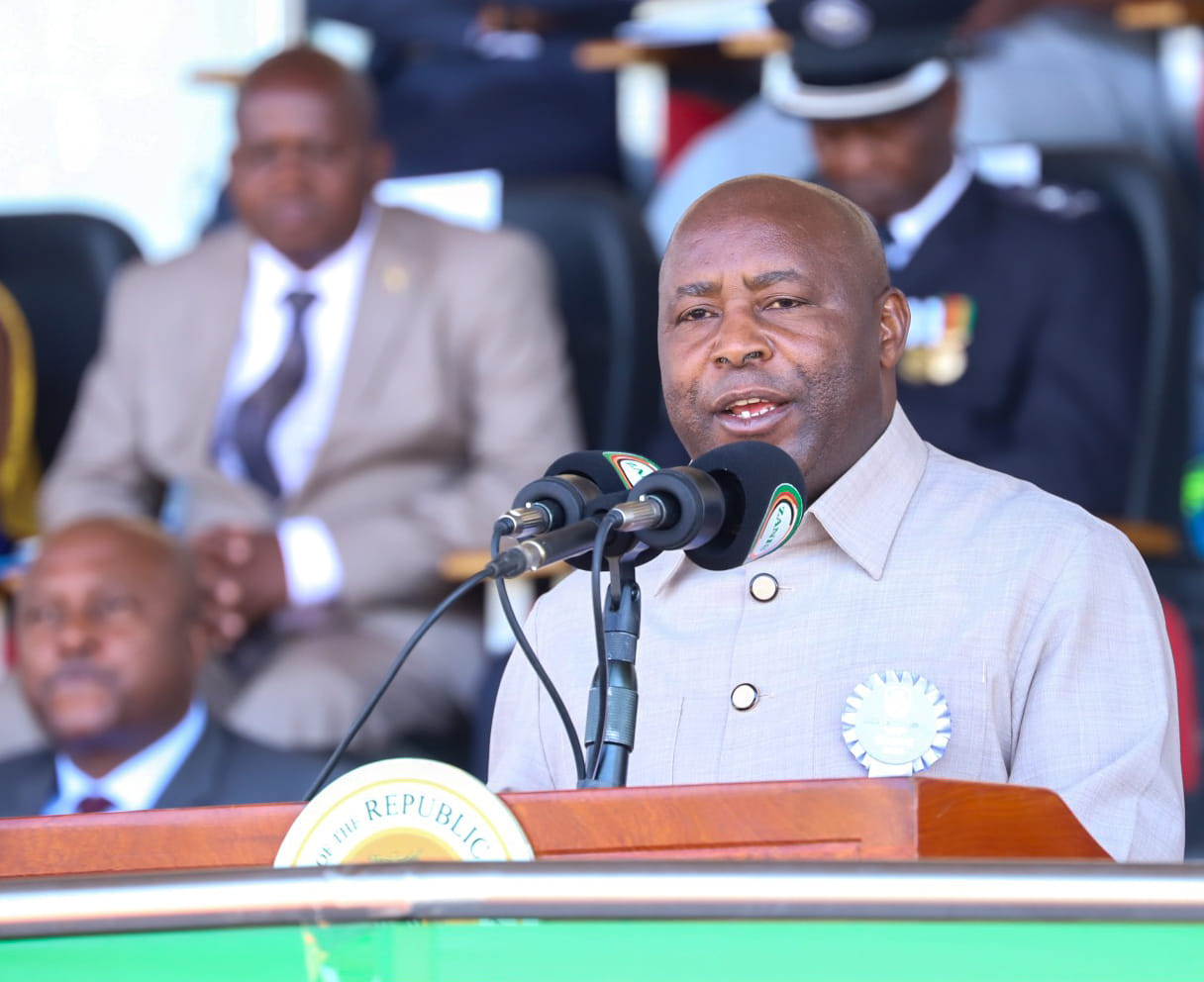Article: By Boniface Zulu
As an expert standing at the crossroads of Zambia’s energy future, I observe the recent tariff adjustments by ZESCO, approved by the Energy Regulation Board, with a keen understanding of their potential to reshape the landscape for both the utility and its customers.
ZESCO’s Path to Financial and Operational Health
The tariff adjustments are designed to align ZESCO’s revenue with its running costs and improve efficiency. By moving towards cost-reflective tariffs, ZESCO can secure the capital needed for maintenance, upgrades, and expansion of the electrical grid. This is crucial for reducing power outages and enhancing the quality of service, which in turn can boost economic productivity and social well-being.
The Economic and Social Ripple Effects
On the economic front, the adjustments are expected to send positive signals to investors, indicating that Zambia values sustainable energy practices and is open to development. This could attract both local and foreign investment, vital for expanding generation capacity and integrating renewable energy sources.
Socially, the adjustments may initially strain consumers, particularly those with limited financial flexibility. However, the long-term benefits of a stable and efficient power supply could outweigh these temporary challenges, leading to broader social and economic gains.
The Investment Dilemma: Low Tariffs and Unfulfilled MOUs
Low electricity tariffs have historically hampered the energy sector’s growth, making it unattractive for investment. Investors seek environments where the returns justify the risks, and non-cost-reflective tariffs have made it difficult for ZESCO to guarantee such conditions. This has led to a reluctance in actualizing MOUs, as investors remain wary of committing to a market where profits are uncertain.
The Dual Impact of Tariff Adjustments
The positive impact of adjusting electricity tariffs lies in the potential for a revitalized energy sector, with improved infrastructure and service reliability. However, the negative impact cannot be overlooked, as higher tariffs may increase the cost of living for ordinary Zambians and could potentially slow down economic activities if not managed carefully.
Governmental Interventions for a Balanced Future to alleviate the burden of adjusted tariffs on ordinary Zambians, the government can:
- Implement targeted subsidies or social tariffs to protect the most vulnerable populations.
- Foster energy efficiency initiatives to reduce overall consumption and lower bills.
- Encourage the use of renewable energy through incentives, reducing reliance on traditional power sources and diversifying the energy portfolio.
- Engage in transparent communication with the public, explaining the necessity of adjustments and outlining the long-term benefits.
Ensuring a balance between attracting foreign investment and protecting consumers requires a nuanced approach. The government must create an environment conducive to investment while also implementing social safety nets to shield citizens from the immediate impacts of tariff adjustments.
In conclusion, the path forward for Zambia’s energy sector is one of careful calibration, where the government’s role is pivotal in steering the country towards a future that promises both robust investment and consumer protection. The tariff adjustments by ZESCO are a step in this direction, but they must be accompanied by strategic policies that consider the multifaceted impact on all stakeholders involved.




